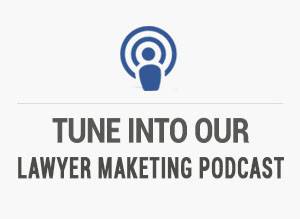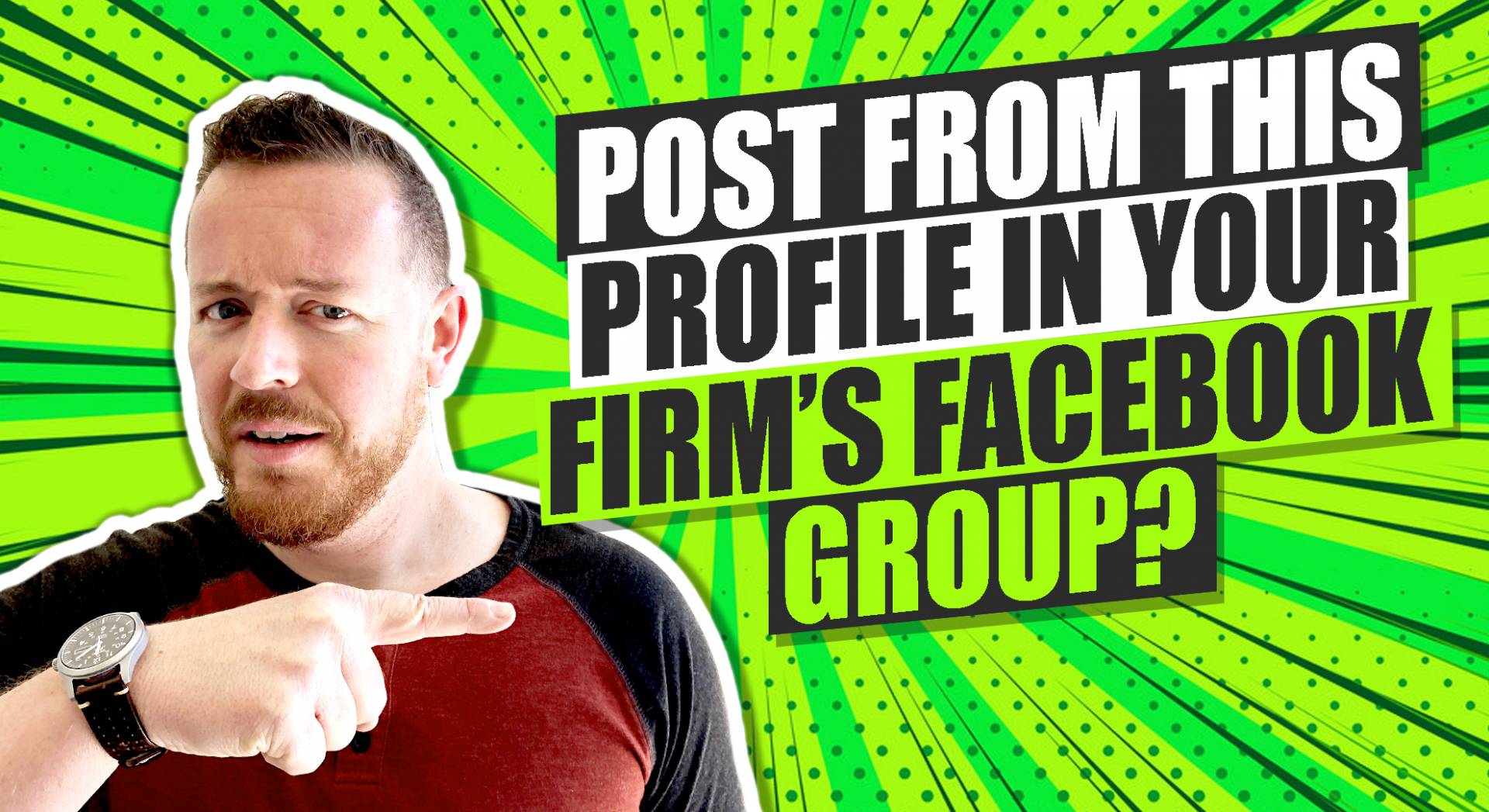Traditional advertising and marketing are increasingly viewed with suspicion. Millions are wary that “Big Brother” is trying to “brainwash” them. Commercials interrupt their favorite television shows; telemarketers disturb them at dinner. Success in social media marketing, therefore, is now about “developing trust.” Inbound marketing provides perhaps the most effective way to build trust, convert customers, and provide those new customers with something to talk about and share online. Inbound marketing customers come to you as a result of their interests, their online searches, and shares from their friends. With so many people resistant to virtually all forms of marketing, the prospective customer who comes to you is priceless.
How do you enhance your inbound marketing – your ability to bring customers to you? The first key is creating and maintaining interesting social media content that is not advertising and not even necessarily “marketing” in the traditional sense. Attorneys, for example, should answer questions about their field of specialization (What happens if I’m charged with DUI? How do I make a will or apply for a visa?) and offer insights into legal issues in the news.
Real estate agents should highlight not only the homes they sell, but community events, schools, hospitals, community history, and positive local news stories. You get the idea. You gain trust by providing value and practical knowledge at no cost. Prospective clients will see that you do more than sell to your customers; you serve them as well. Since almost everyone is going to need the services of a lawyer or realtor (or a veterinarian, insurance agent, or financial advisor) at some point, they’ll turn to someone they trust. Make that someone you.
The second key is distribution. All of your cleverness and hard work spent creating content does no good if it can’t be found. Of course, the way you distribute content hinges on what you are marketing. Attorneys will put more effort into LinkedIn, but if you create and sell handmade jewelry, you’ll probably put more effort into Pinterest. These are some suggestions for a balanced approach, but you’ll want to tweak these suggestions for your particular audience:
Your blog: One to three posts a week with useful content; 300 to 600 words is ideal.
Social media: Share to Facebook and other sites popular with your audience.
Videos: About two minutes is best; “how-to” demonstrations may be slightly longer.
Email newsletters: Once or twice a month: keep it short.
Ebooks: Make them visually appealing, well-written, and practical.
Some marketers are also achieving success with live webcams, webinars, podcasts, and internet radio stations. Experiment, study your analytics, and find what works best for you. If you don’t feel creative, you don’t have a marketing team, or if you simply don’t have the time, consider working with a social media marketing firm that can create superior content and distribute it effectively. Do whatever it takes to win the trust of the customer who comes to you.








